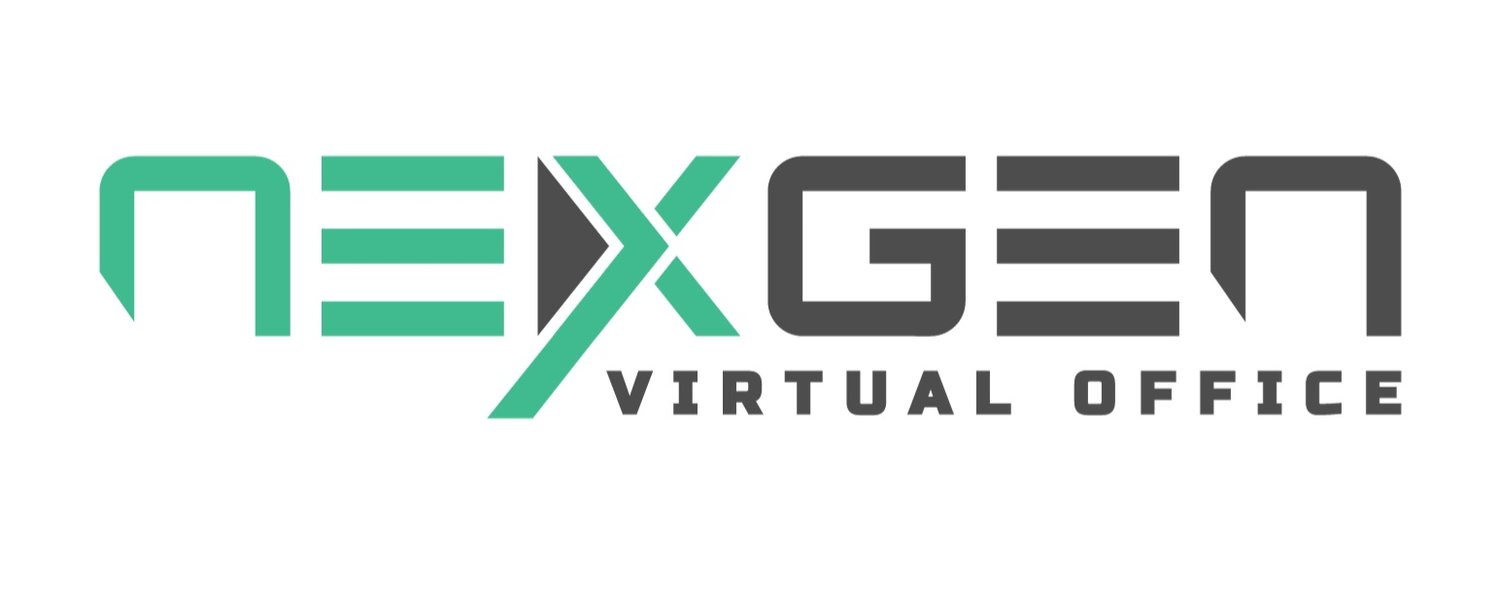5 Best Practices for Hybrid Work
We are a little over two years into this pandemic, and a lot has happened with how we work and live.
Towards the beginning of the pandemic, a good portion of us was moved to a work-from-home environment, which was great for some. However, others did not thrive due to a variety of reasons but one could argue that most stemmed from not having a remote infrastructure and boundaries.
By the middle of the pandemic, the cases of COVID started to fluctuate and vaccines were being released. Employees also experienced whiplash from returning to the office and then being forced home due to a surge or outbreak. Is anyone else exhausted?
Fortunately, for the most part, we are now in a state of learning to live with COVID and its plethora of mutations. More employers allow employees to work from almost anywhere and are not expecting them to return to the office full-time.
But, have employers built the workflow and infrastructure to support an employee wherever they may work? If you reading this article, the answer for you may be “No” or “We need some improvement,” which is okay! We are all still learning how to work in this environment.
Here are a few (not all) best practices that you and your employer can utilize to be more successful in this new hybrid/remote work world!
1. Have A Dedicated Work Space
You need to have a space that is just yours and that does not mean it has to be a whole room.
It can be a corner of a bedroom. It can be at your kitchen table. It can be at a table at a coffee shop. It can be at a dedicated desk at a co-working spot.
You just need to pick a physical place and consistently show up there.
Why? If you are changing spots every day, then you are most likely having to constantly set up your workstation and adjust to a new environment.
This can impact your productivity and cause unnecessary stress on your workday.
Additionally, dedicated workspaces allow you to improve your work-life balance by teaching yourself that when you are in this dedicated workspace, you work. When you are not, you should not be working.
Hybrid/remote work can be a huge blessing, but if you let the line between work and life blur, it can cause burnout.
2. Clock In & Clock Out
Let us talk about work hours.
When you were in a physical office environment, you may have walked into work around 8 or 9 am, and then, you may have walked out around 5 or 6 pm.
You had set hours, which was good for separating your personal and professional lives.
Now, in the hybrid work environment, those lines are blurring, and it may be causing some burnout.
If you are a remote or hybrid employee, you need to practice clocking in and clocking out.
In the morning, go to your dedicated workspace and begin your workday. At end of your workday, close your computer and leave your workspace.
Do not go back to that area until the next workday.
Now, this may take some practice, but once you get it down, you will be happier, more productive at work, and more engaged in every aspect of your life.
3. Take Breaks
Your brain has limits.
Now, everyone is different. Some people can power through a task or assignment and not stop until it is completed. However, a majority of people need breaks.
As mentioned previously, one of the negative effects of not having a structured hybrid/remote environment is work hours start to blur.
You may be super productive, but your brain and body may be experiencing fatigue.
This, unfortunately, impacts work quality and overall happiness, which is something employers should be wary of.
What is the solution?
Take breaks throughout the day.
Go for a walk. Talk to a coworker (“water cooler”). Watch a funny video. Get something to eat. Hydrate!
By taking breaks consistently, you find yourself happy and healthier, and you will still be very productive.
4. Allow Parts Of Meetings To Go Off Topic
This sounds like a very bad idea, but it is not.
When you were in the office full-time, you engaged in random conversations all the time, and these conversations were not limited to meeting topics.
We have gotten so time and task-orientated that we have forgotten a basic human need, connection. We need to feel connected to each other.
You may be thinking, “Why does that matter?”
Well, do you have high turnover? Do you get a sense that your peers do not trust each other? Do you or your peers feel undervalued?
Depending on your answers to the questions above, disconnection may be one of the issues contributing to these problems.
So, take a few moments of each meeting to get to know one another.
You might be surprised how much it improves morale.




